The first time I ever heard of mourning clothes was when I read "Gone with the Wind" in the eighth grade. The novel presents a fair amount of hand-wringing about the funeral mores of polite society: How long should the widowed young Scarlett wear black? Are those rules relaxed in wartime? And is it really proper for Scarlett to dance in her widow's garb even if it's in support of the war effort and Melanie Hamilton Wilkes has given it two thumbs up?
As a teenager I had no cultural context for mourning clothes, and assumed that wearing nothing but black for up to a year must have been the worst kind of stigma. But as an adult I have had cause to reconsider.
The purpose of mourning clothes wasn't to stigmatize death or, by contrast, to enshrine it (although the Victorians -- led by their namesake queen, who dressed in black for 40 years after the death of her beloved husband -- certainly did elevate mourning to an art form).
No, the purpose of the all-black fashion regimen was to give the bereaved survivors some much-needed cultural latitude. The clothes they wore practically screamed, "The following person requires a wide berth. Don't take it personally if she is distracted, or he is brusque. It's not about you."
Having just lost my mother last month, I crave this kind of Mourner's EZ Pass, this allowance to not have to "move on" as soon as earth is scattered on a casket. In America today, we wear black to the funeral (and sometimes not even then, alas) and then are expected to dress as if nothing has happened, as if our world has not just shattered to pieces. Our grief is supposed to recede into something politely private and unobtrusive.
But I don't want my grief to be private and unobtrusive; I want my grief to be understood without my having to constantly explain it. Everything now feels too loud and too bright. When the checker at the grocery store asks me idly how I am doing, how can I refrain from grabbing the neck of his too-cheerful smock and hissing that I've had better days, thank you very much?
If I announced, "My mother just died!" he would no doubt be cluckingly sympathetic. Most people are kind when presented with raw grief.
But I don't want to have to tell him. I want him to simply see and know.
Our ancestors understood this, and in fact kept up the traditions of mourning dress until the 20th century. The question for them was not whether someone would don mourning attire after the death of an immediate family member, but what kind and for how long. In graduate school I knew someone researching the fact that major department stores customarily had an entire mourning department well into the 1920s. I imagine this was the mourner's one-stop-shopping haven; a grieving person could pick up the necessary black shoes, hat, gloves, or armbands in a single shopping trip, attended by discreetly hushed sales clerks.
Mourning clothes gave people permission to take time to grieve. If society judged Scarlett O'Hara harshly for dancing with Rhett Butler while her most recent husband was barely cold in his grave, well, it also gave those who felt truly devastated by death broad cultural permission to wallow for an entire year.
And damn it, I need to wallow. I am betrayed by the very notion that the world outside my window dares to go on as usual. I ought to dress accordingly.
Jana Riess is the author of Flunking Sainthood: A Year of Breaking the Sabbath, Forgetting to Pray, and Still Loving My Neighbor, and a blogger for Religion News Service. The photo of her with her mother (left, holding the 5-pound Hershey bar) was taken on Christmas Day 2012.